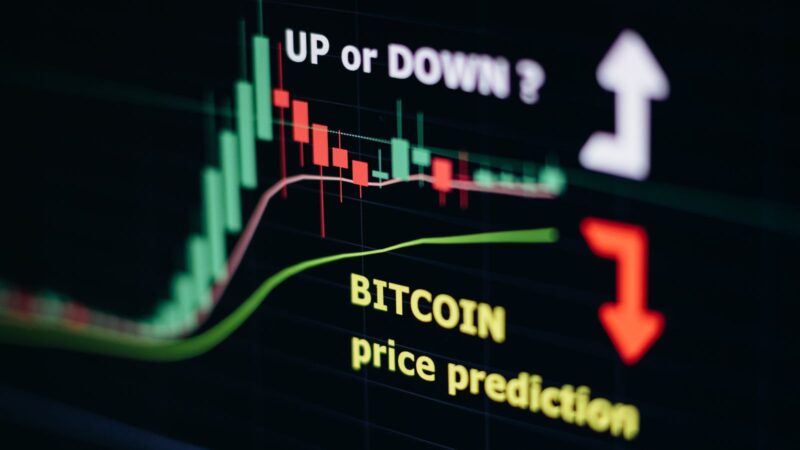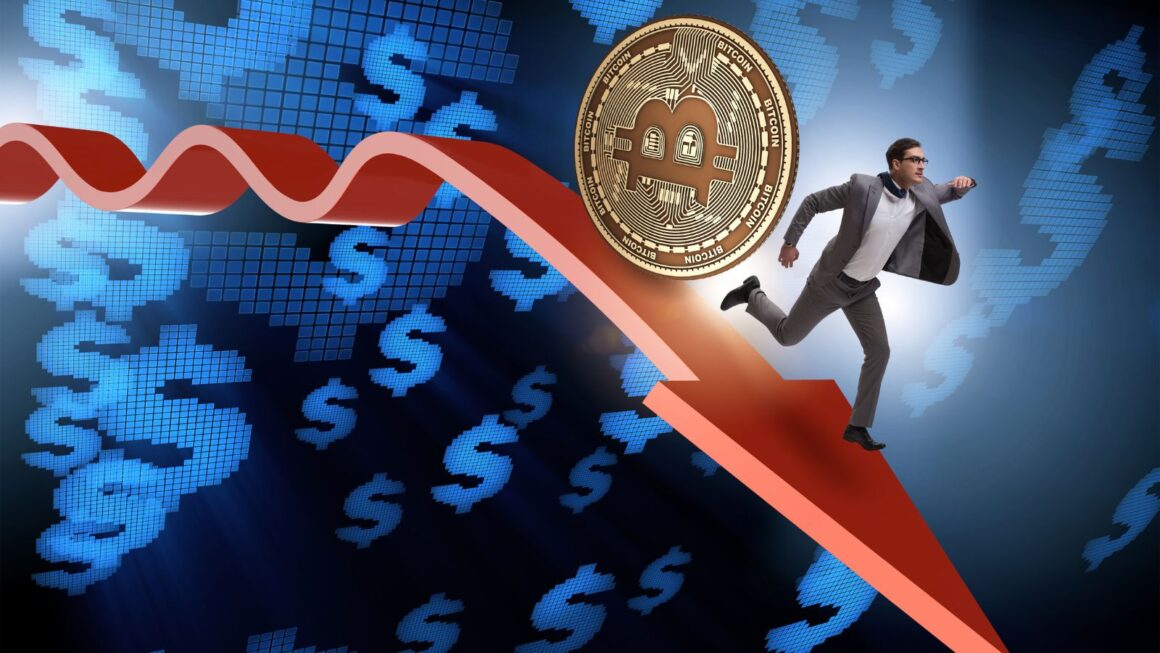“Proof-of-burn” is a term common to cryptocurrency that you should know if you’re interested in investing. In this guide, you’ll learn how miners use proof-of-burn, how exchange platforms play a crucial role in handling digital assets, and what these factors mean for your bottom line, especially as headlines about Bitcoin price changes are always in the news. Let’s dive in!
What Is Proof-of-Burn?
In cryptocurrency, different consensus mechanisms govern how transactions are validated on the blockchain. “Proof-of-burn” is a consensus mechanism using a unique approach that sets itself apart from traditional methods such as Proof-of-Work (PoW) and Proof-of-Stake (PoS).
Proof-of-burn involves the deliberate destruction or “burning” of cryptocurrency tokens to secure a network. By intentionally destroying coins, projects can enhance security and influence token economics.
Why Burn Coins?
You might wonder why projects opt to burn their precious coins — a strategy that seemingly defies the principles of accumulation. Despite its counterintuitive nature, burning coins can have many benefits for a project and its community.
By reducing the total token supply through burning, projects effectively increase the scarcity of their tokens, creating a sense of rarity that may drive up their value in the market. The intentional act of diminishing supply can ignite demand, fostering a healthier ecosystem where tokens hold intrinsic value beyond mere speculation.
How Do You Burn Coins?
To witness the phenomenon of burning coins in action, you need to understand the technical intricacies of the process. Implementing the burning mechanism involves different strategies depending on the project’s goals.
One common method of burning coins is sending them to an irretrievable address, effectively removing them from circulation forever. This transaction is irreversible and serves as a symbolic gesture to validate the commitment of the project to its token economics. Another method involves provably and verifiably destroying tokens through cryptographic means.

The burning process affects the circulating supply of the cryptocurrency, potentially nudging the economics in favor of token holders. While burning coins may seem like a radical approach, it plays an important role in reshaping the dynamics of a project’s tokenomics, driving innovation and differentiation.
What Are Real-World Applications of Proof-of-Burn?
Beyond its theoretical underpinnings, proof-of-burn has found practical applications in cryptocurrency projects, showcasing its versatility and adaptability. Some innovative uses of proof-of-burn extend beyond economic theory into solving real-world industry challenges.
For example, projects have leveraged proof-of-burn to bootstrap new token ecosystems by creating a fair distribution model where early adopters are incentivized to participate without the barriers of traditional mining or staking requirements. This approach fosters community engagement and decentralization, strengthening the project’s foundation.
Additionally, proof-of-burn has been harnessed to combat spam and prevent malicious activities within blockchain networks. By requiring users to burn a certain amount of tokens to access services or perform transactions, projects can deter bad actors and ensure a more secure and trustworthy environment for participants.
What Are the Risks of Proof-of-Burn?
While proof-of-burn offers unique advantages, it is important to acknowledge the potential risks and considerations associated with this consensus mechanism. One primary concern is the irreversibility of burning coins, which poses a challenge if users mistakenly send tokens to the burn address.
This irreversible nature requires users to exercise caution and vigilance when engaging in transactions involving burning coins to prevent unintended losses. Furthermore, the long-term sustainability and viability of projects relying on proof-of-burn should be carefully evaluated.
Fluctuations in token value, market dynamics, and evolving regulatory landscapes can impact the effectiveness of burning coins as a strategy. Investors and users should conduct thorough due diligence to assess the stability and growth potential of projects utilizing proof-of-burn to make informed decisions and mitigate potential risks.
The Future of Proof-of-Burn
The concept of proof-of-burn is a testament to the innovation and experimentation driving the evolution of cryptocurrencies and blockchain technology. By burning coins, projects not only enhance security and incentivize participation but also reshape token economics to foster sustainable growth and value creation.
As the crypto landscape continues to evolve, exploring the applications and implications of proof-of-burn opens doors to new possibilities and insights into the future of decentralized systems. Embracing the power of burning coins challenges traditional norms and pushes boundaries, paving the way for novel solutions and industry advancements.

